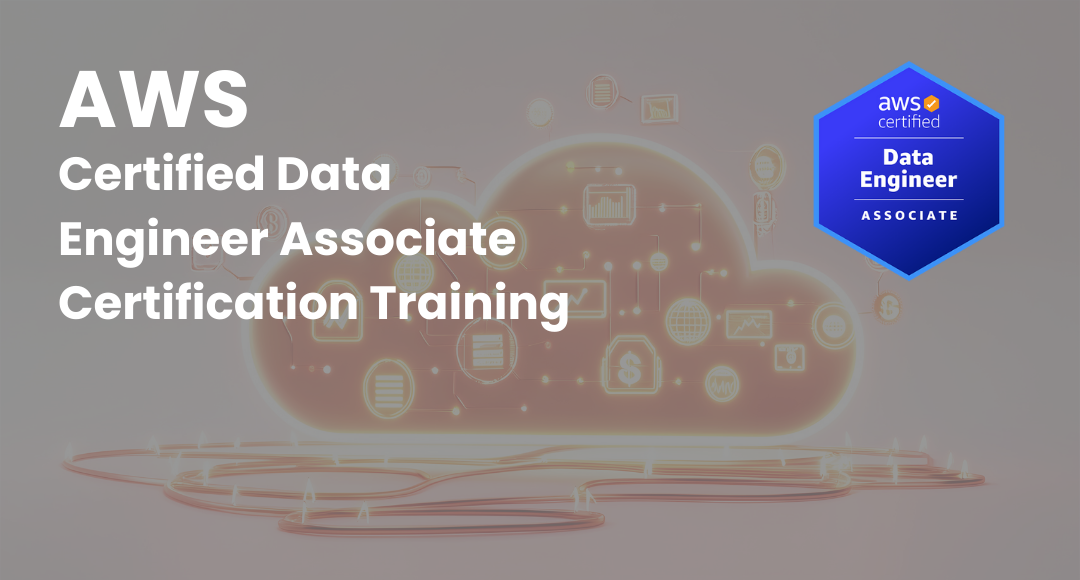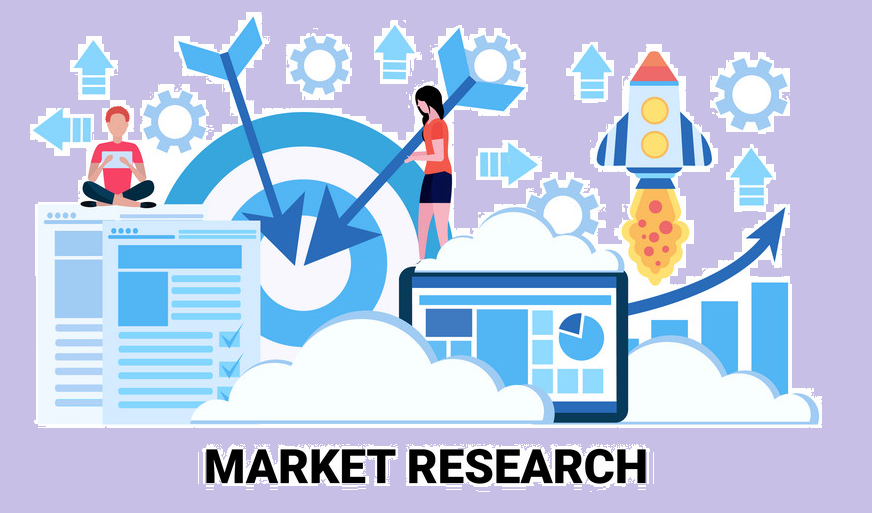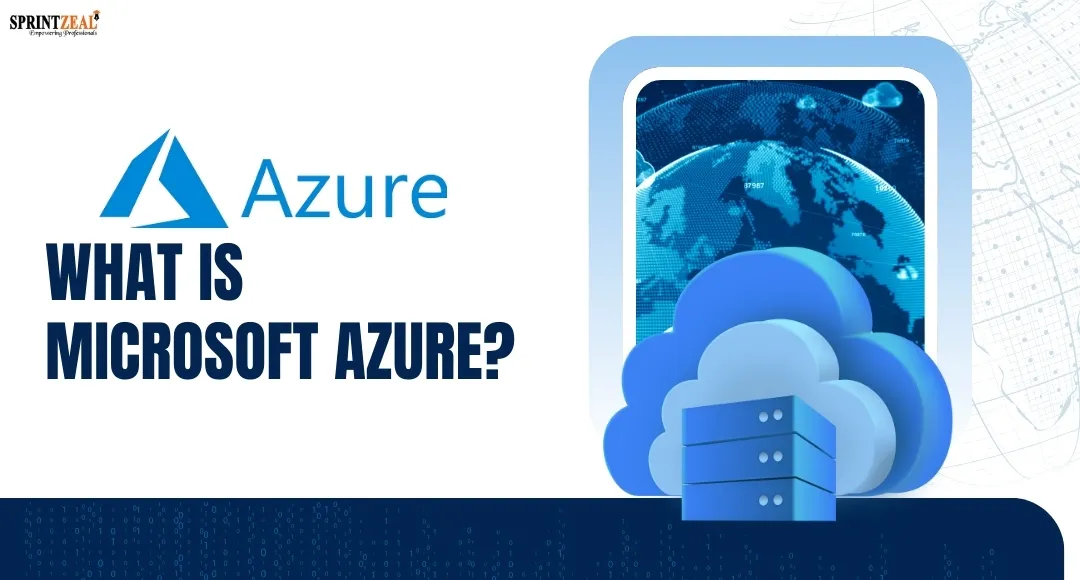Cloud Computing and Fog Computing - Key Differences and Advantages
-
 By Prajwal
By Prajwal
- Published on Jun 19 2023

Table of Contents
Introduction
Cloud computing and fog computing are two well-known concepts that have become effective methods for managing, processing, and storing data in the world of computer technology.
The way companies and people manage their digital operations has been revolutionized by these creative strategies. Despite having similar goals, they differ greatly in terms of design, deployment strategies, and advantages they offer.
Understanding the main distinctions between cloud computing and fog computing, as well as their unique traits, advantages, and ramifications, is crucial for navigating this technological environment.
The nuances of these two paradigms will be discussed in this essay, along with each one's unique strengths and ideal applications. By the end, readers will have a solid understanding of both cloud computing and fog computing, enabling them to select the approach that most closely matches their requirements and goals.
Key Differences
Cloud computing
It entails the internet-based distribution of computer resources such servers, storage, databases, networking, and applications.
It is dependent on centralized data centers in far-off places, sometimes known as "the cloud." Users may use these resources whenever they choose, just paying for the services they really use. Scalability, flexibility, and cost-effectiveness of cloud computing make it perfect for processing and storing enormous amounts of data.
Fog Computing
Edge computing, as it is commonly referred as, adopts a decentralized strategy by bringing computer resources closer to the data source.
Fog computing expands the capabilities of the cloud to the network edge, such as routers, gateways, and edge devices, as opposed to exclusively depending on distant data centers. Localized decision-making is made possible by the closeness to data sources, which also improves real-time data processing and lowers latency. When low-latency, high-bandwidth, and offline capabilities are required, fog computing is very useful.
Differences in Detail
Although data storage, processing, and administration are the same goals of both cloud computing and fog computing, they differ greatly in terms of design, latency, and bandwidth, as well as data privacy and security.
Understanding these variations is essential for navigating the technology environment and selecting the strategy that best suits a given set of requirements and objectives. The nuances of cloud computing and fog computing will be thoroughly discussed in this section, along with their distinctive features and distinguishing qualities.
Readers will obtain a thorough grasp of how these paradigms vary and the situations in which they thrive by looking into the architecture, latency and bandwidth issues, and data privacy and security implications of each paradigm.
- Architecture
Cloud computing adopts a hierarchical architecture with a centralized model. It employs a network of remote data centers where data processing, storage, and management occur.
Users access these resources through the internet, typically utilizing virtualized environments. Fog computing, on the other hand, follows a distributed architecture. It decentralizes data processing by bringing computing resources closer to the network edge. This distributed model allows for faster data analysis, reduced bandwidth usage, and enhanced privacy.
- Latency and Bandwidth
Cloud computing solutions often involve data transmission to remote servers, which introduces latency due to the distance and network congestion. While cloud systems provide ample bandwidth, real-time applications that require immediate response times may suffer from noticeable delays.
Fog computing resolves this issue by enabling local data processing at the network edge, significantly reducing latency and optimizing bandwidth usage. This capability is crucial for time-sensitive applications like autonomous vehicles, industrial automation, and Internet of Things (IoT) deployments.
- Data Privacy and Security
With cloud computing, data is stored and processed in remote data centers managed by cloud service providers.
While these providers adhere to stringent security measures, concerns regarding data privacy and compliance regulations persist. Fog computing addresses these concerns by keeping sensitive data closer to its source, reducing the need for extensive data transfers and reliance on external data centers.
This localized approach enhances privacy, minimizes exposure to potential security breaches, and allows for greater control over data governance.
Benefits
Cloud computing and fog computing offer distinct sets of benefits that cater to different needs and requirements in the realm of computing technologies.
Organizations and people must be aware of these benefits in order to choose the paradigm that is best suited for their unique use cases.
We will examine the advantages of both cloud computing and fog computing in this section. We will look at the benefits of scalability, affordability, and accessibility for cloud computing.
On the other hand, we will delve into the benefits of fog computing, such as low latency, bandwidth optimization, and offline capabilities. By understanding these advantages, readers will be able to assess the potential impact of each paradigm on their operations and determine the most appropriate approach to fulfill their computing needs.
Cloud Computing Benefits:

- Scalability: Cloud computing offers virtually unlimited scalability, allowing businesses to easily upscale or downscale their resources based on demand.
- Cost-efficiency: Users pay only for the resources they use, eliminating the need for upfront infrastructure investments and reducing operational costs.
- Accessibility: Cloud services are accessible from anywhere with an internet connection, enabling remote collaboration and flexibility.
Fog Computing Benefits:

- Low Latency: By processing data closer to the edge, fog computing significantly reduces response times, enabling real-time applications and enhancing user experiences.
- Bandwidth Optimization: Localized data processing minimizes the need for large data transfers, optimizing bandwidth usage and reducing network congestion.
- Offline Capabilities: Fog computing enables offline functionality, ensuring uninterrupted operations in scenarios where internet connectivity is limited or unreliable.
Conclusion
Fog computing and cloud computing are separate paradigms, each with special benefits and applications. Fog computing offers low-latency processing, bandwidth optimization, and offline capabilities, but cloud computing shines in delivering scalable resources, cost-efficiency, and distant accessibility.
Depending on individual needs and the type of applications or services being implemented, one may choose between cloud computing and fog computing. Large-scale processing, data-intensive operations, and situations where accessibility from anywhere is essential are all situations where cloud computing excels.
Fog computing, on the other hand, excels in applications like autonomous cars, smart cities, and industrial automation that call for real-time analytics, minimal latency, and localized decision-making.
A hybrid strategy combining cloud and fog computing can sometimes be advantageous. Utilizing the advantages of both paradigms, this hybrid architecture enables effective data processing and storage distribution.
Fog computing enables the performance of crucial real-time operations at the network edge while offloading non-time-sensitive jobs to the cloud. This combination guarantees top performance, economy of scale, and scalability.
It is important to note that both fog computing and cloud computing primarily depend on a strong network foundation and dependable connectivity. With increasing integration and compatibility between the two paradigms, as technology develops, the distinction between cloud and fog computing may become less distinct.
The choice of a paradigm is influenced by the particular requirements of the application and each paradigm offers advantages of its own. Organizations should evaluate their demands as technology develops and consider implementing a hybrid strategy to fully utilize both cloud computing and fog computing.
Learn more about cloud computing from our recommended course that is catered for the experts-
AWS Certified Solution Architect Professional
To know more about us visit us at Sprintzeal
Subscribe to our Newsletters
Popular Programs
AWS Certified Solution Architect Professional
Live Virtual Training
- 4.4 (300 + Ratings)
- 55k + Learners
AWS Certified DevOps Engineer Certification Training
Live Virtual Training
- 4.9 (400 + Ratings)
- 69k + Learners
Microsoft Azure Administrator Associate AZ-104
Live Virtual Training
- 4.2 (560 + Ratings)
- 11k + Learners
Microsoft Azure Infrastructure Solutions (AZ-305)
Live Virtual Training
- 4.8 (560 + Ratings)
- 24k + Learners
Trending Posts
What is Private Cloud? - Definition, Types, Examples, and Best Practices
Last updated on May 3 2023
What Is Microsoft Azure? A Complete Cloud Computing Guide for 2026
Last updated on Dec 18 2025
CI CD Tools List - Best of 2026
Last updated on Feb 1 2024
AWS Opsworks - An Overview
Last updated on May 5 2023
Top Coding Interview Questions in 2026
Last updated on Sep 22 2025
Cloud Engineer Salary - For Freshers and Experienced in 2026
Last updated on Apr 10 2023
Categories
- Other 69
- Agile Management 48
- Cloud Computing 56
- Project Management 174
- Big Data 66
- Business Management 88
- Digital Marketing 78
- IT Service Management 29
- Programming Language 58
- AI and Machine Learning 78
- IT Security 112
- Quality Management 78
- IT Hardware and Networking 26
- Microsoft Program 4
- Workplace Skill Building 13
- Risk Management 9
- Information Security 8
- Leadership and Management 9
- Corporate Training and Development 1
Trending Now
Azure Vs Aws - Which Technology Is Better
ebookThe Impact of Internet of things on Marketing
ebookAWS Lambda - An Essential Guide for Beginners
ebookCareer in Cloud Computing or Cyber Security
ebookImpact of AWS Certification On Cloud Computing Jobs
ebookAmazon Certifications: List of Top AWS certifications in 2026
ebookAWS Interview Questions and Answers 2026
ebookAmazon Software Development Manager Interview Questions and Answers 2026
ebookAWS Architect Interview Questions - Best of 2026
ebookHow to Become a Cloud Architect - Career, Demand and Certifications
ebookWhat is Cloud Computing? - Fundamentals of Cloud Computing
ebookAWS Solutions Architect Salary in 2026
ebookAmazon EC2 - Introduction, Types, Cost and Features
ebookAWS Opsworks - An Overview
ebookAzure Pipeline Creation and Maintenance
ebookCI CD Tools List - Best of 2026
ebookTrends Shaping the Future of Cloud Computing
ebookContinuous Deployment Explained
ebookDevOps Career Path – A Comprehensive Guide for 2026
ebookTop Kubernetes Tools in 2026
ArticleBenefits of Cloud Computing in 2026
ebookJenkins Interview Questions and Answers (UPDATED 2026)
ArticleA Step-by-Step Guide to Git
ArticleScalability in Cloud Computing Explained
ebookIoT Security Challenges and Best Practices-An Overview
ebookHow to Learn Cloud Computing in 2026 - A Brief Guide
ArticleCloud Engineer Roles and Responsibilities: A complete Guide
ebookTypes of Cloud Computing Explained
ArticleCloud Engineer Salary - For Freshers and Experienced in 2026
ArticleEssential Cybersecurity Concepts for beginners
ebookWhat is a Cloud Service - A Beginner's Guide
ebookTop 3 Cloud Computing Service Models: SaaS | PaaS | IaaS
ArticleWhat is Private Cloud? - Definition, Types, Examples, and Best Practices
ebookWhat Is Public Cloud? Everything You Need to Know About it
ArticleTop 15 Private Cloud Providers Dominating 2026
ebookWhat Is a Hybrid Cloud? - A Comprehensive Guide
ebookAzure Architecture - Detailed Explanation
ArticleMost Popular Applications of Cloud Computing – Some Will Shock You
ArticleTips and Best Practices for Data Breaches in Cloud Computing
ArticleWhat Is Edge Computing? Types, Applications, and the Future
ArticleMust-Have AWS Certifications for Developers in 2026
ArticleSalesforce Customer Relationship Management and its Solutions
ArticleCutting-Edge Technology of Google Cloud
ArticleSpotify Cloud: Powering Music Streaming Worldwide
ArticlePublic Cloud Security Checklist for Enterprises
Article12 Best Managed WordPress Hosting Services in 2026
ArticleLatest Azure Interview Questions for 2026
ArticleTop Coding Interview Questions in 2026
ArticleLatest Cloud Computing Interview Questions 2026
ArticleSafe file sharing for teams: simple rules that work
ArticleMy learning path to become an AWS Solutions Architect
ArticleClient Server Model—Everything You Should Know About
ArticleWhat Is Microsoft Azure? A Complete Cloud Computing Guide for 2026
ArticleDocker Tutorial for Beginners: Containers, Images & Compose
ArticleGit Merge vs Rebase: Differences, Pros, Cons, and When to Use Each
Article


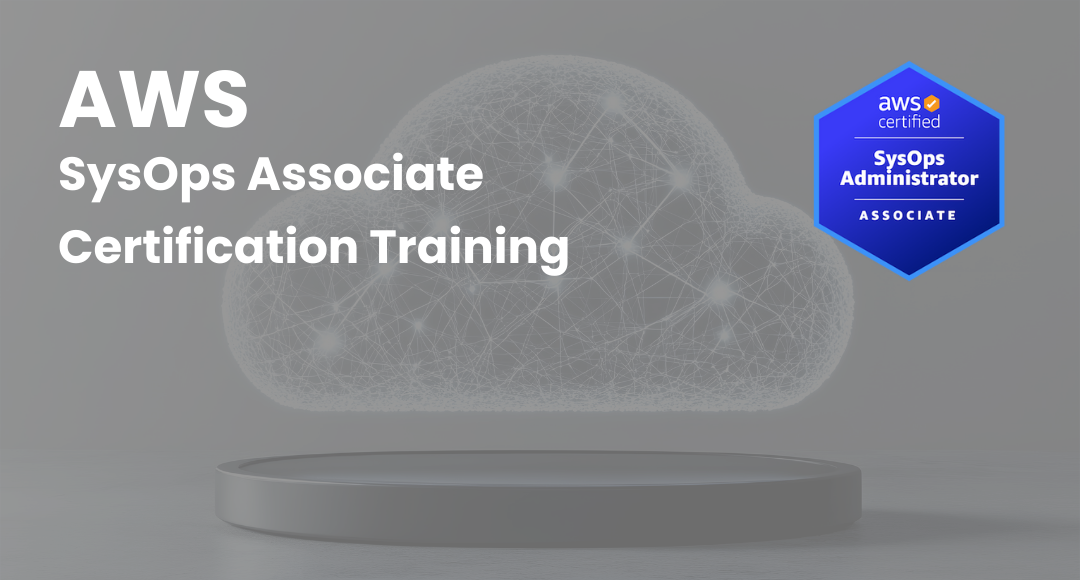

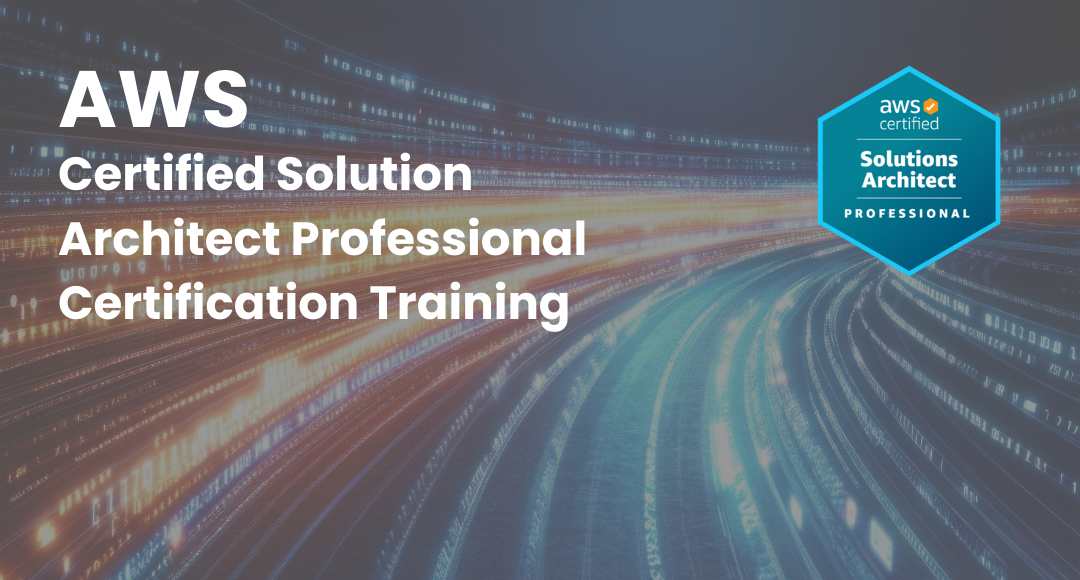


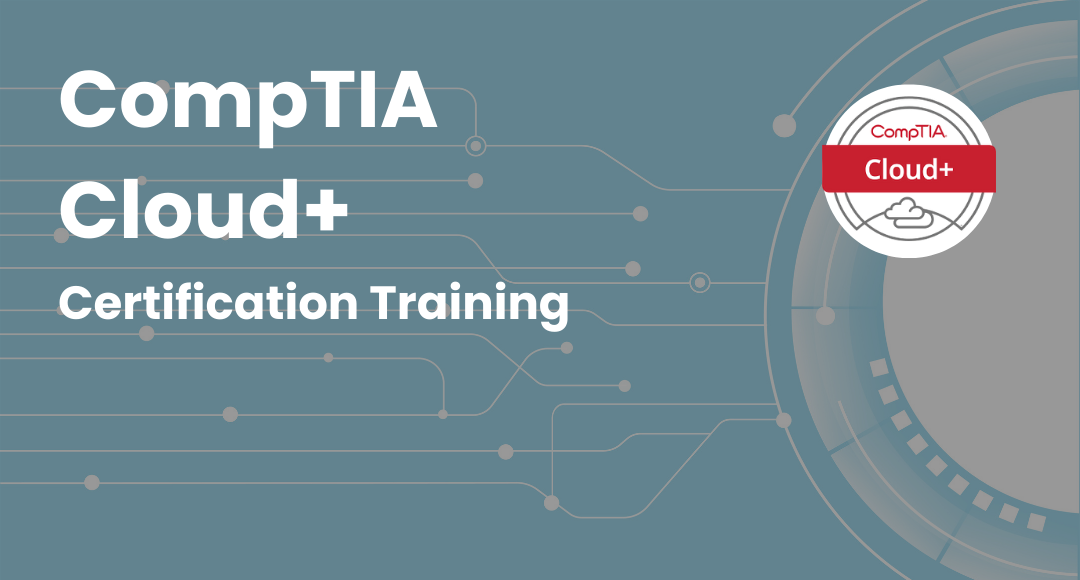
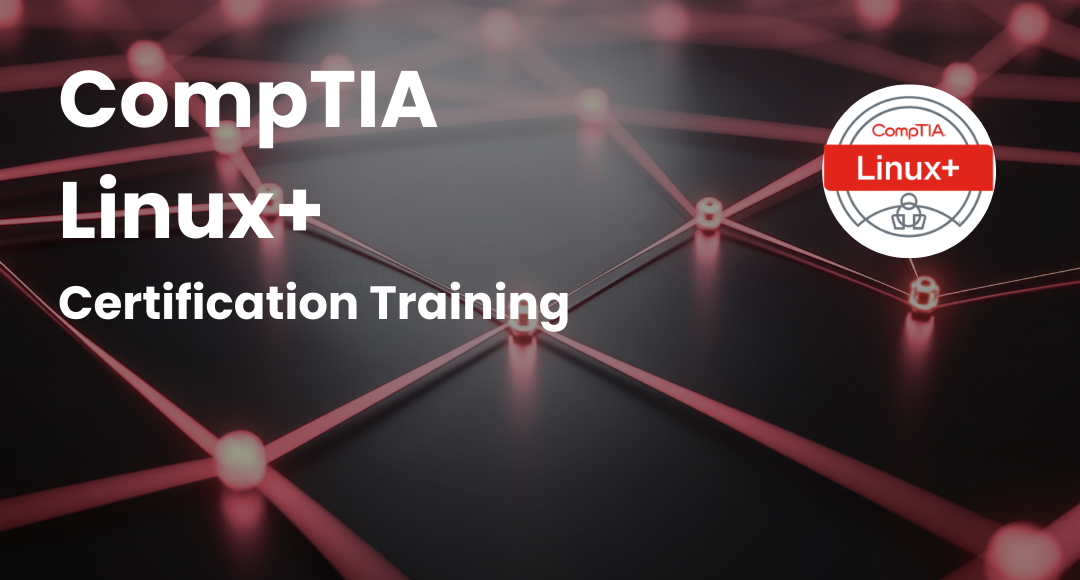
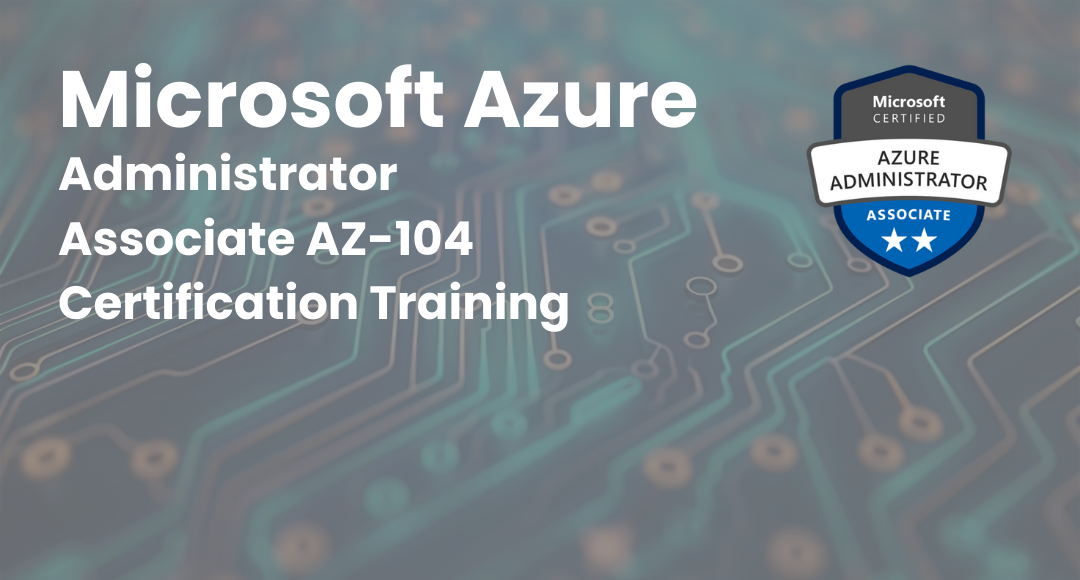
.png)
